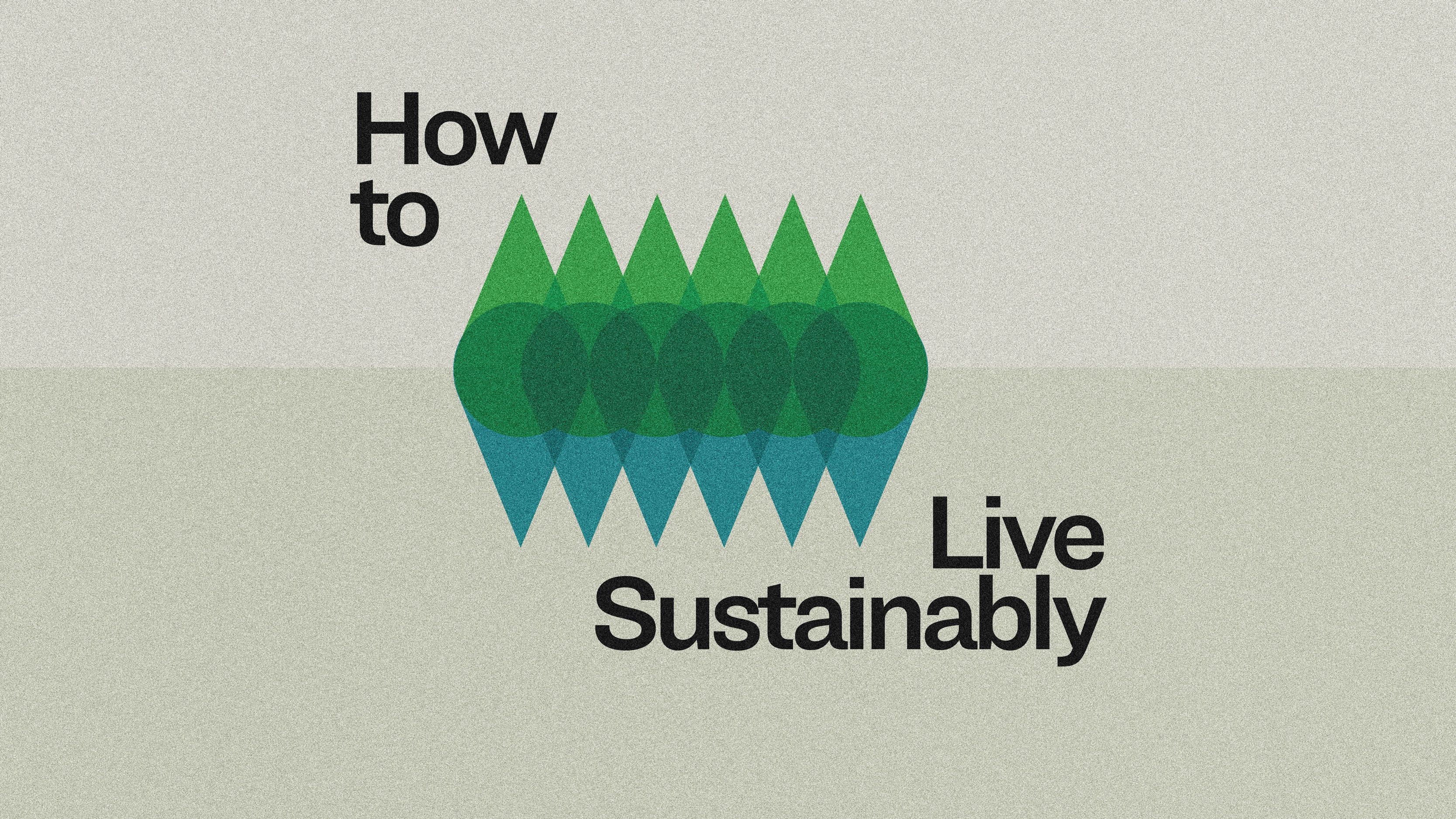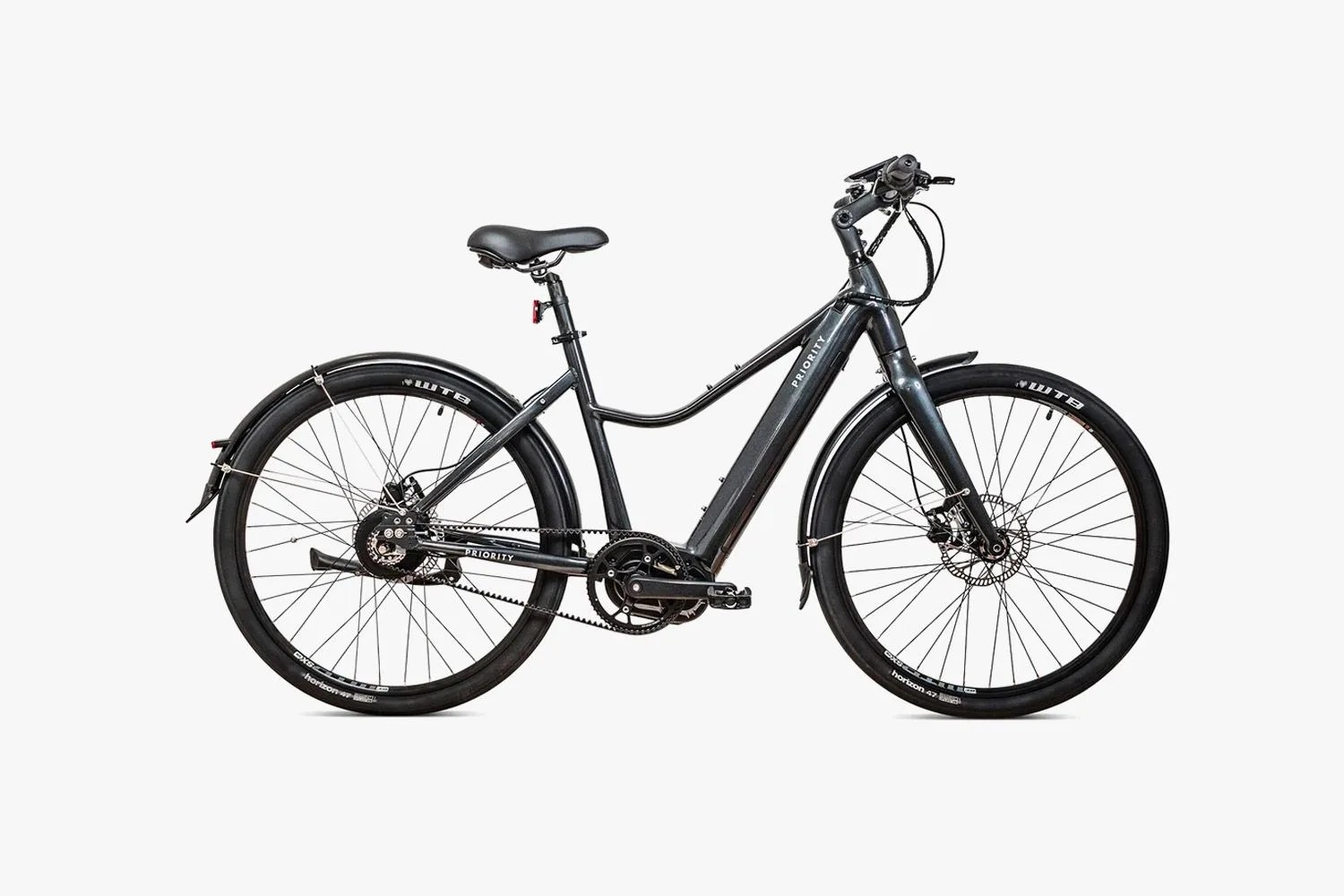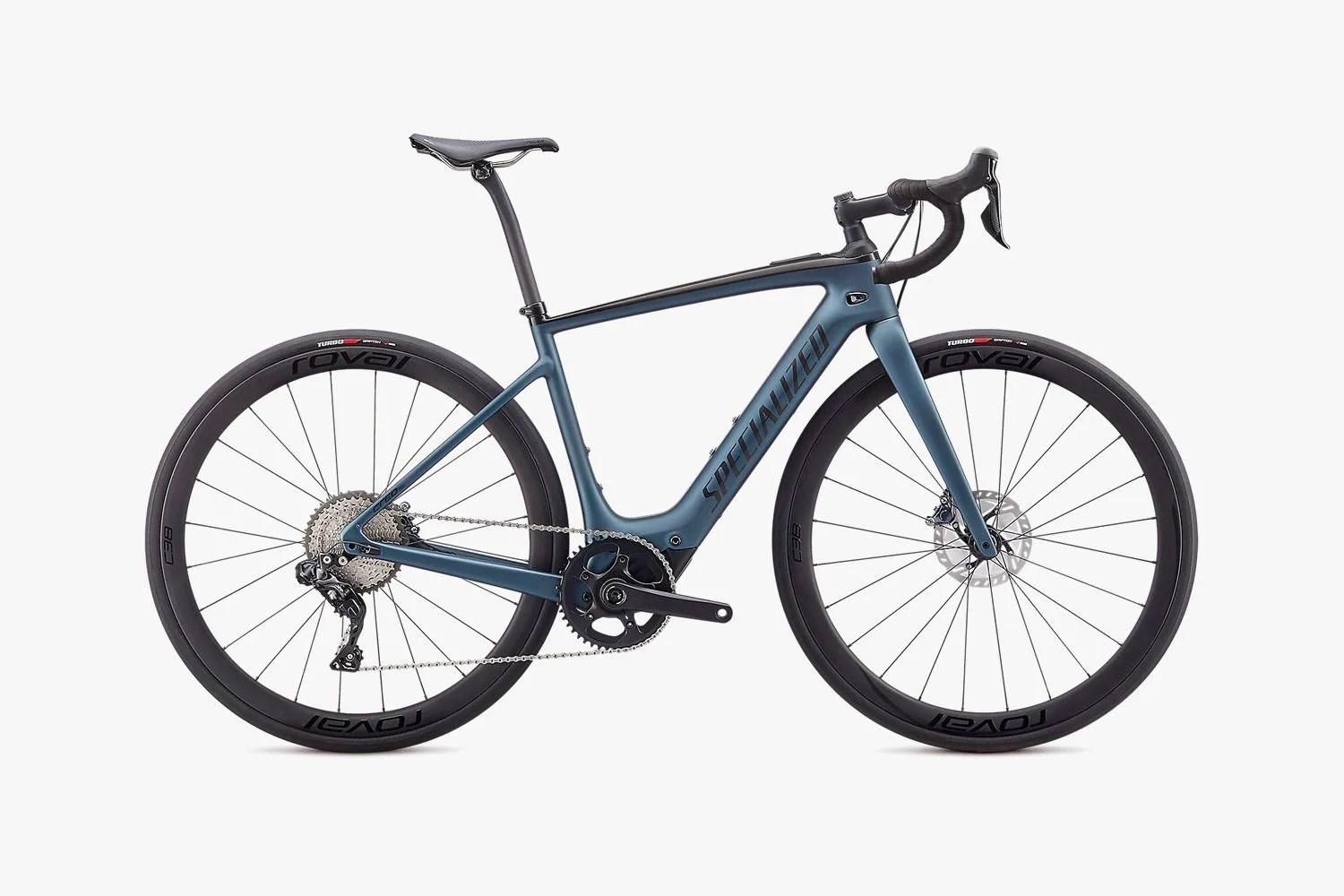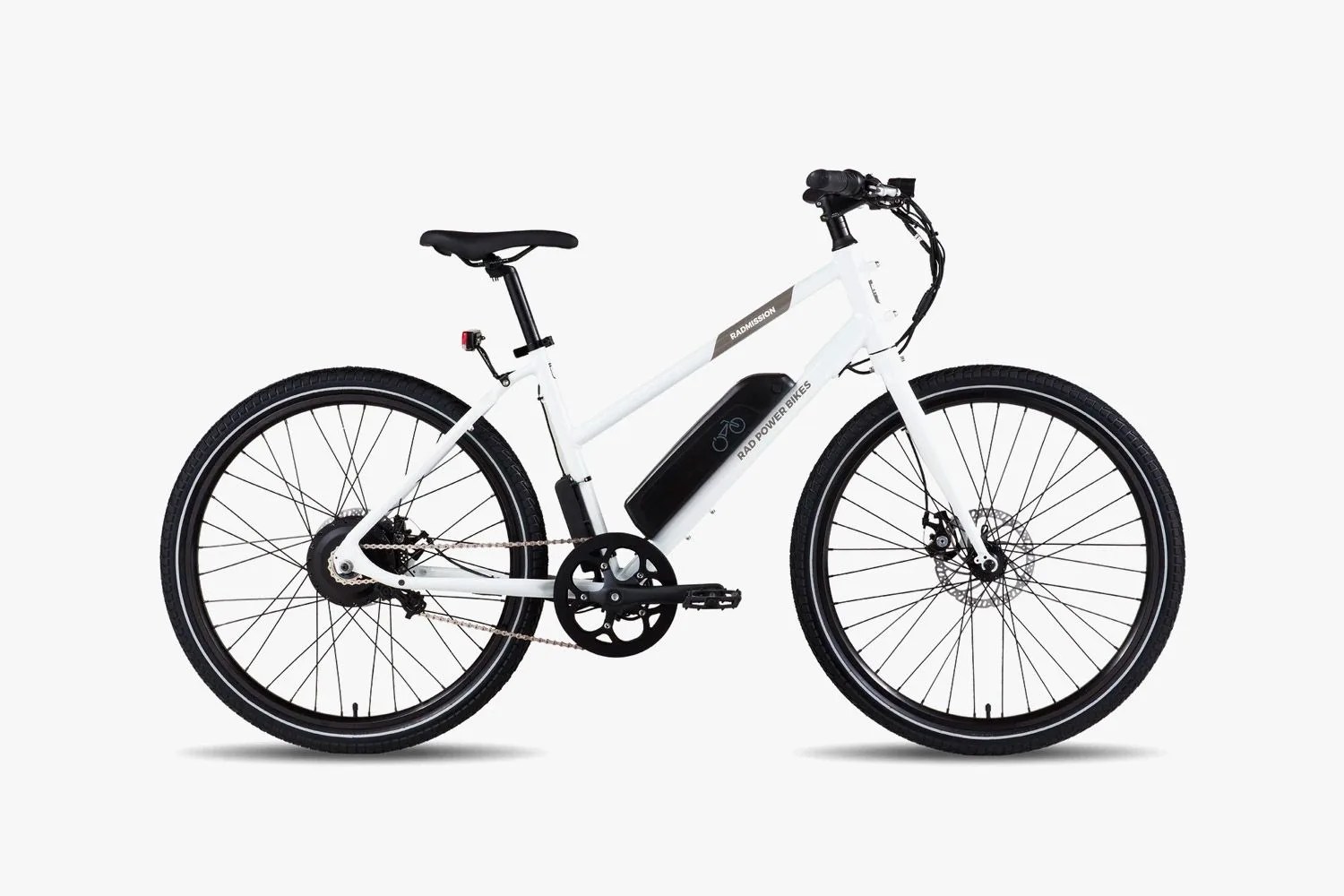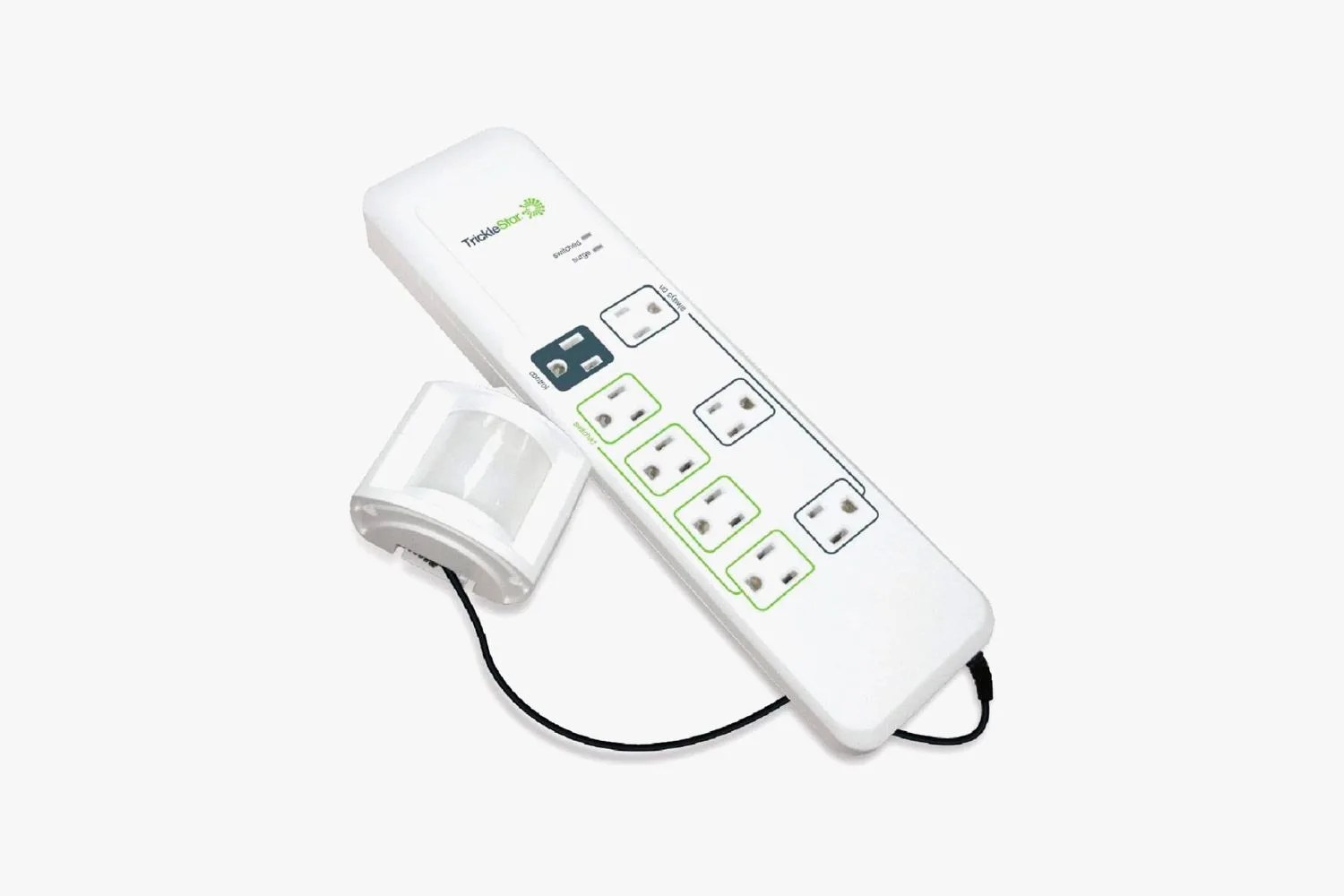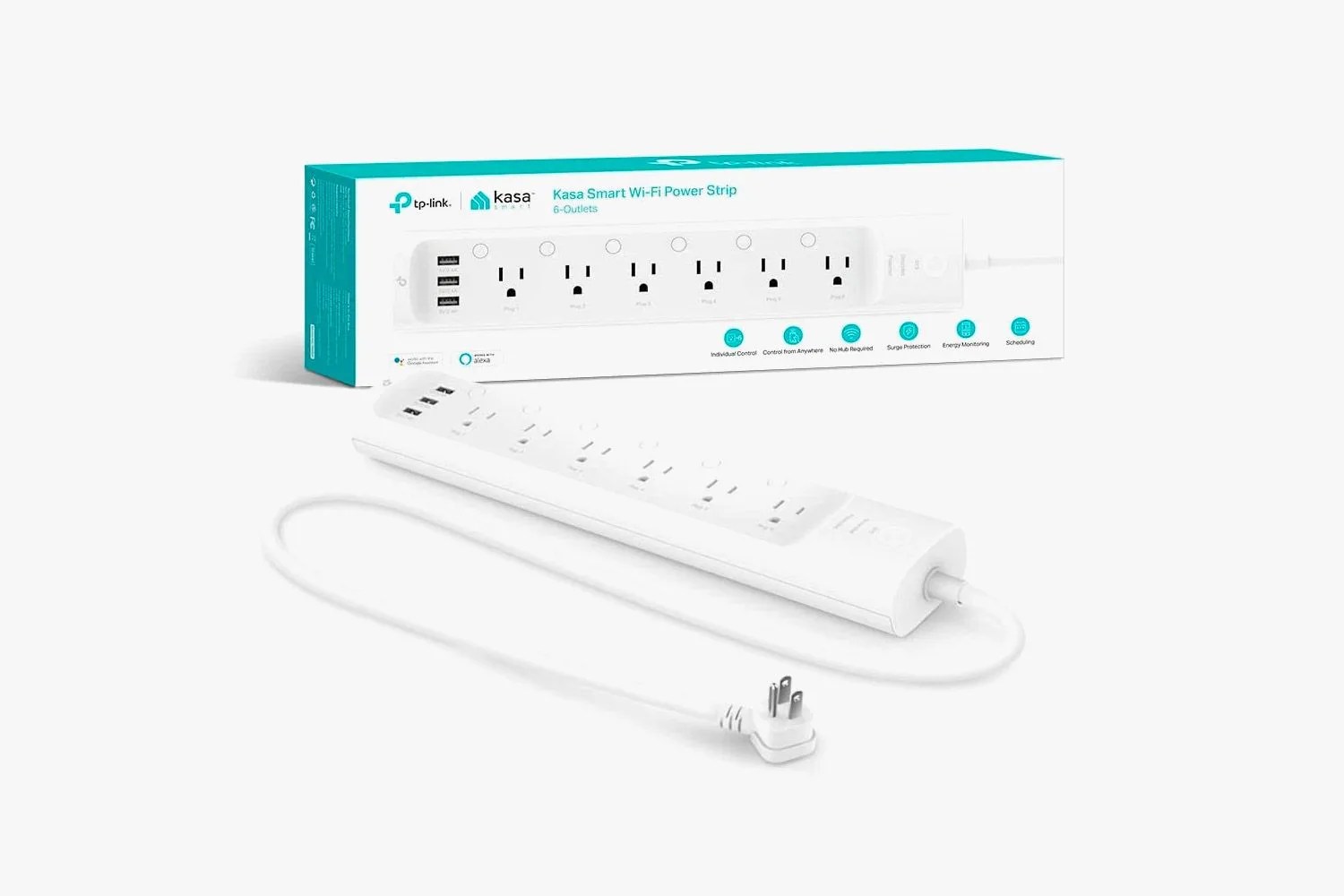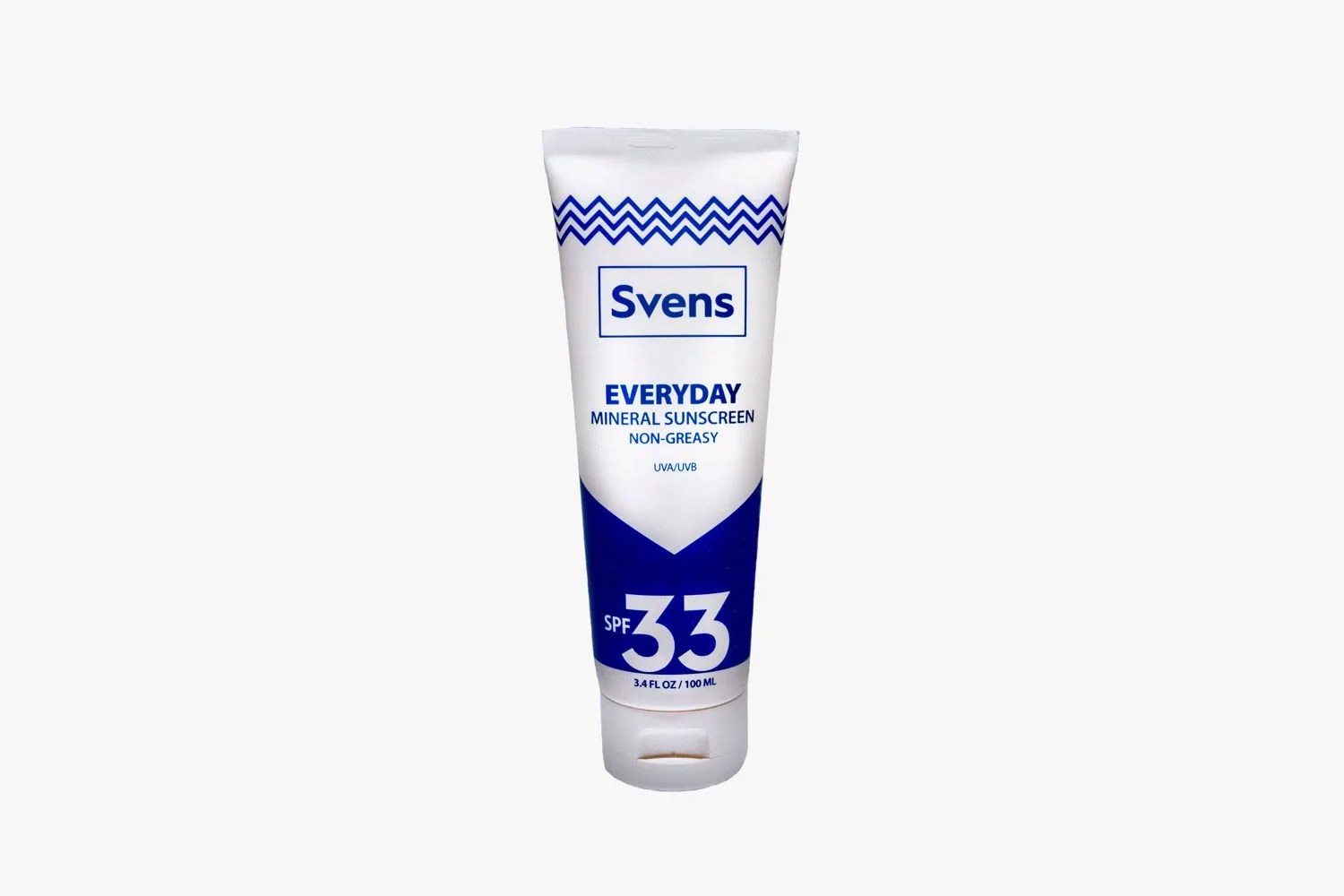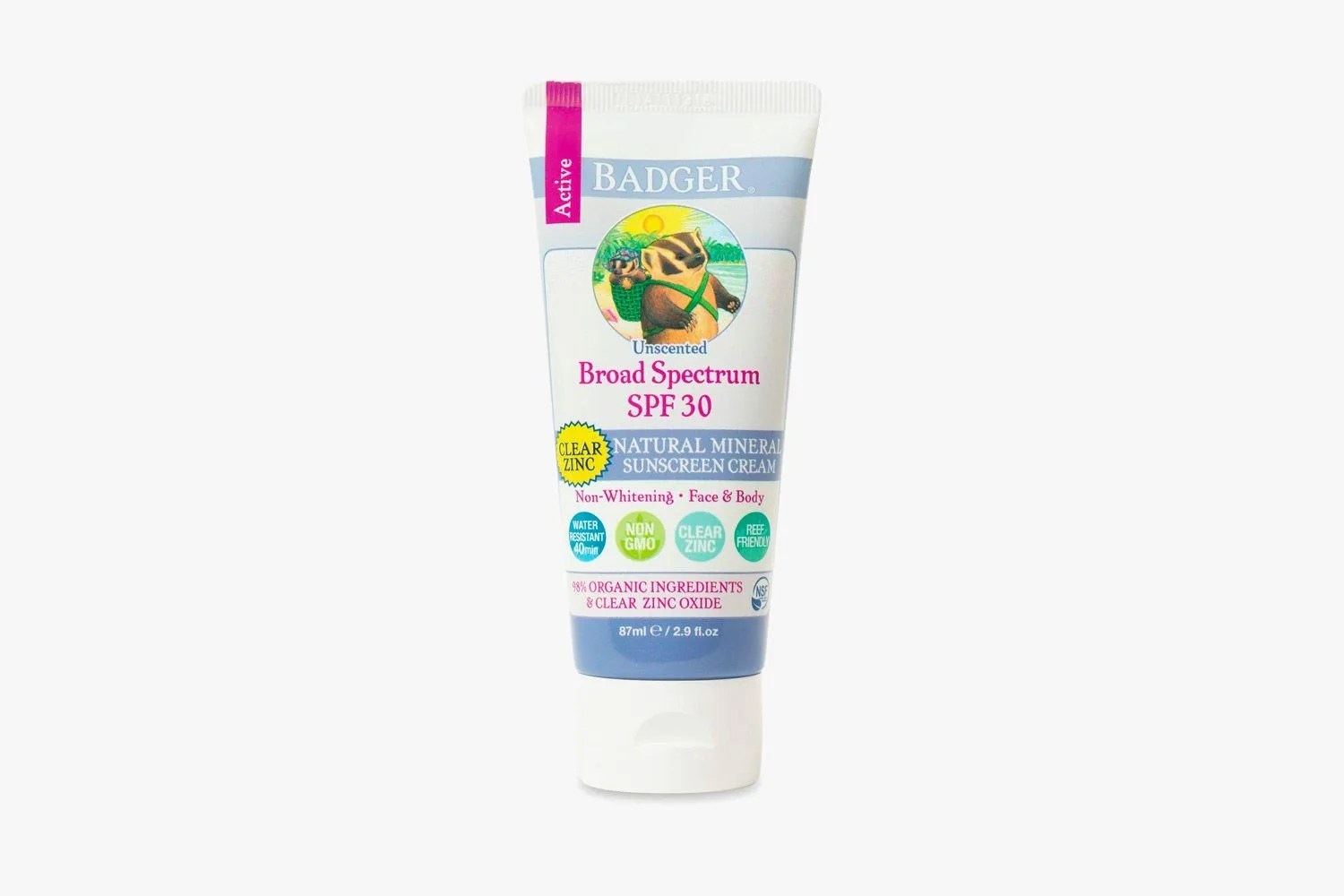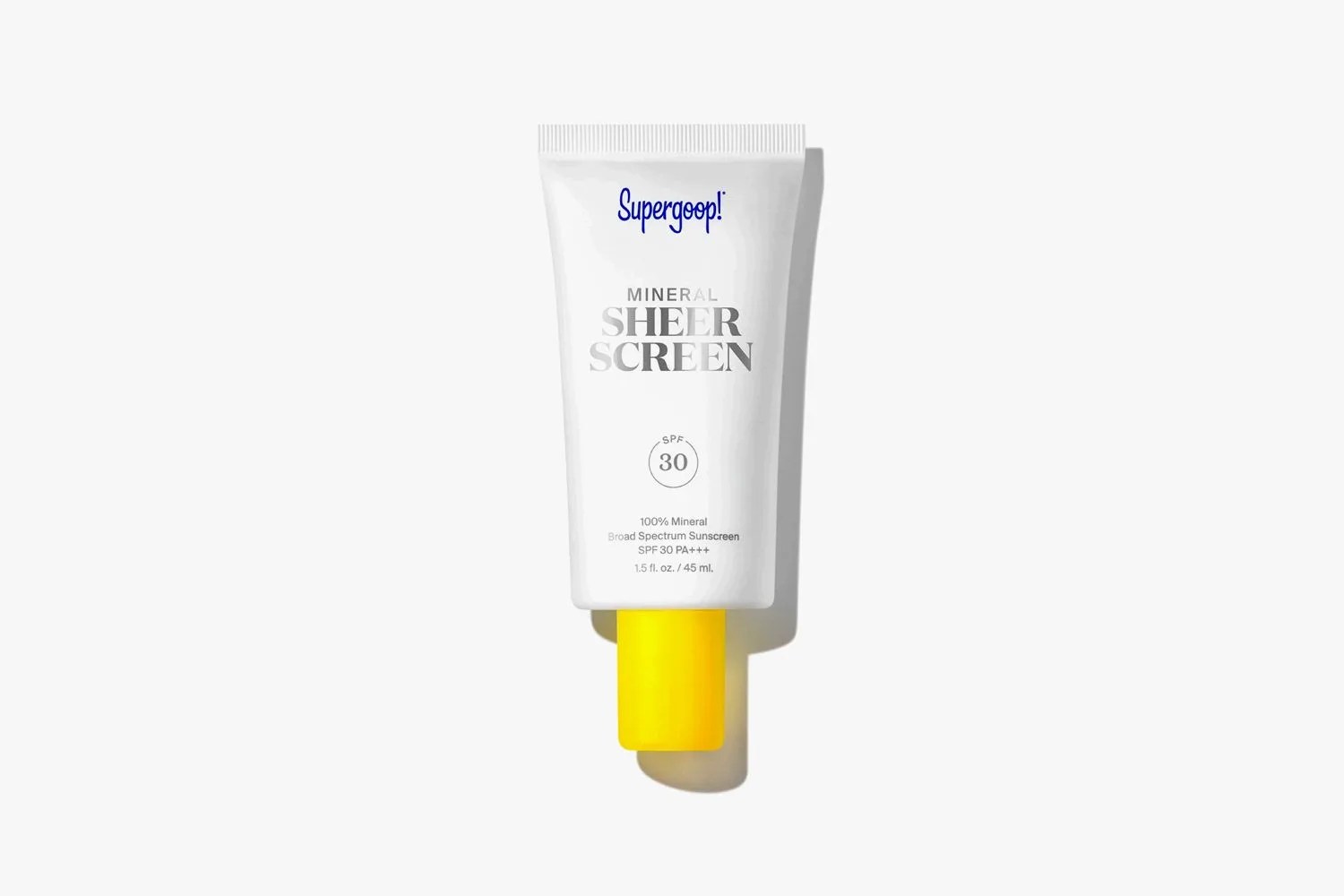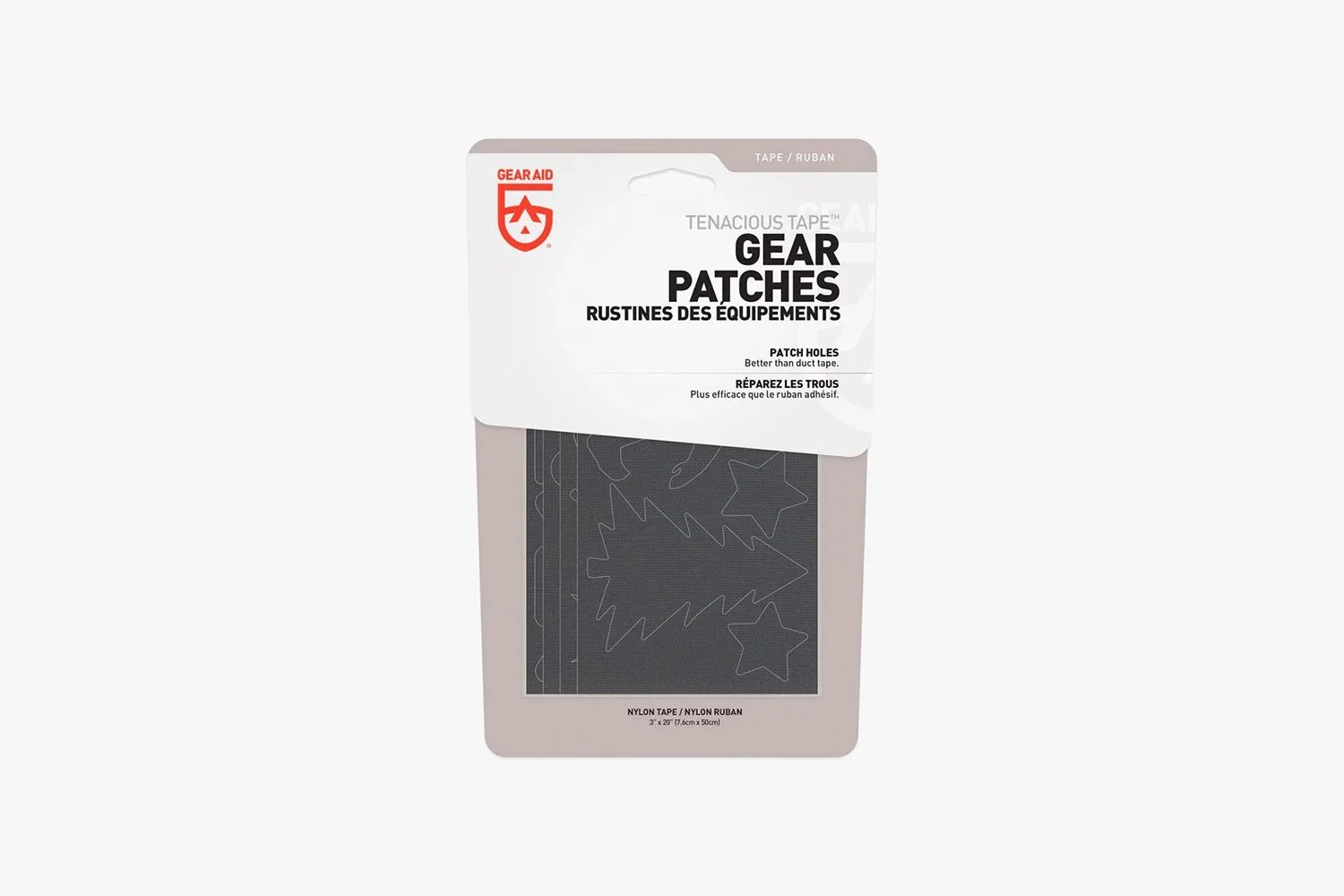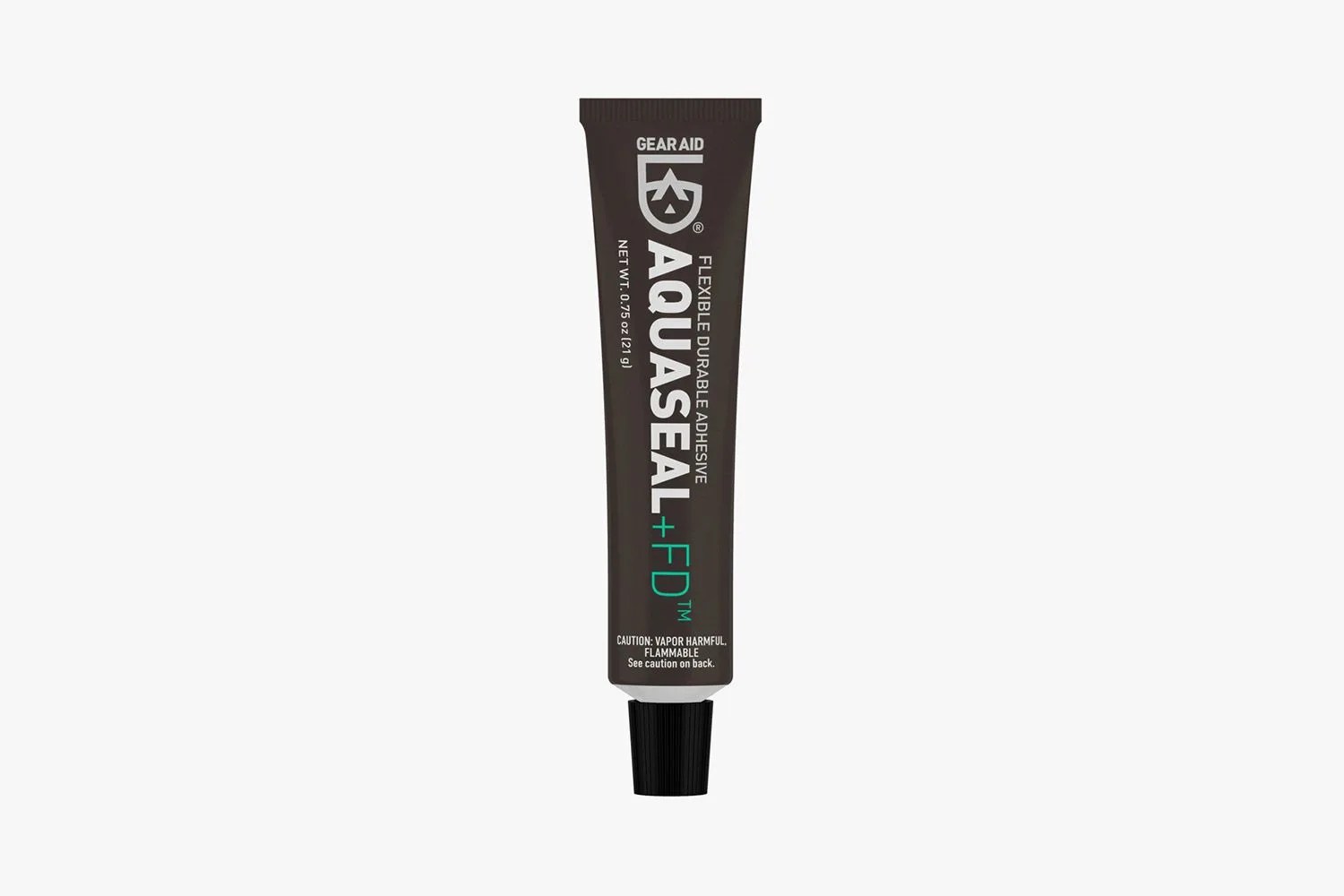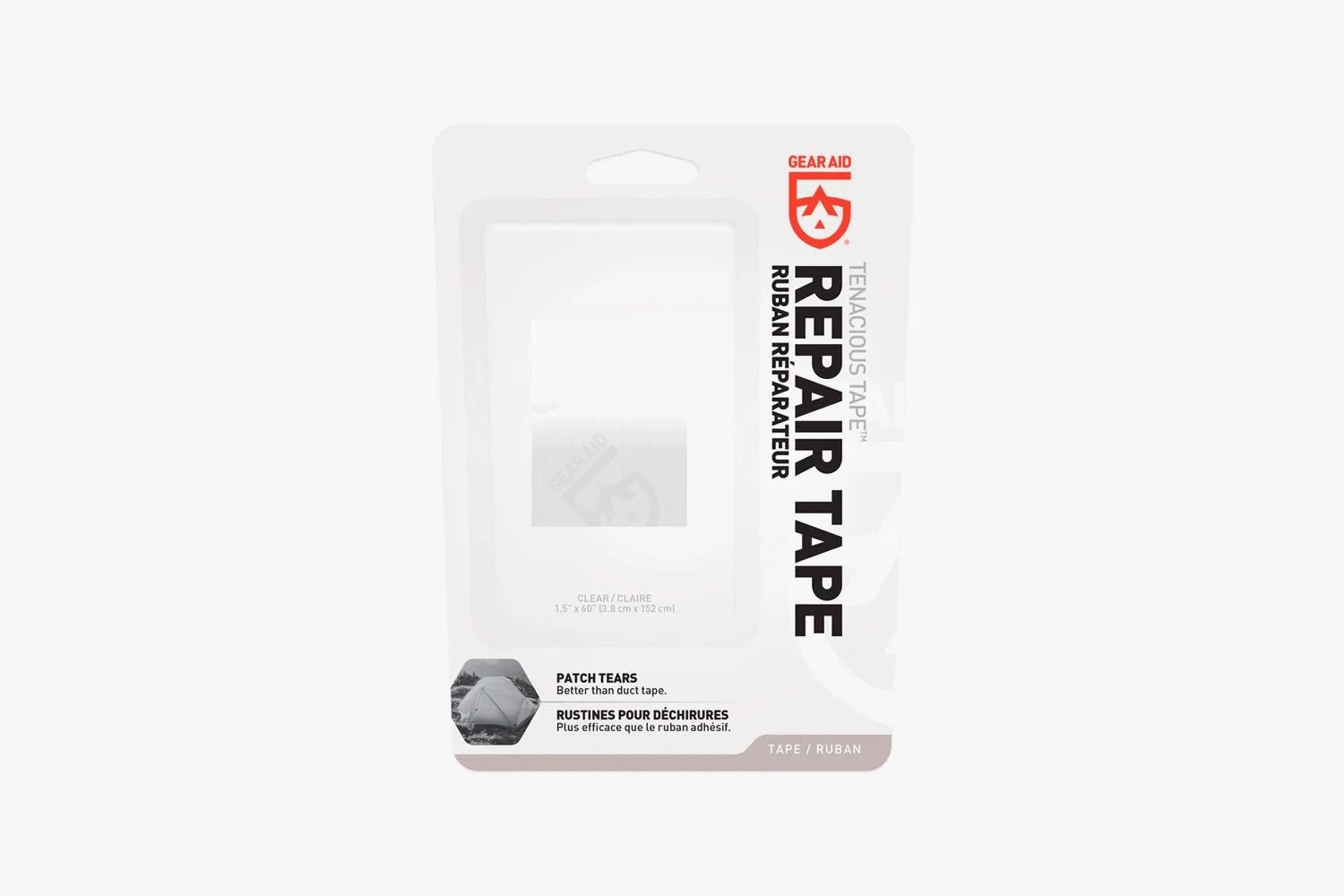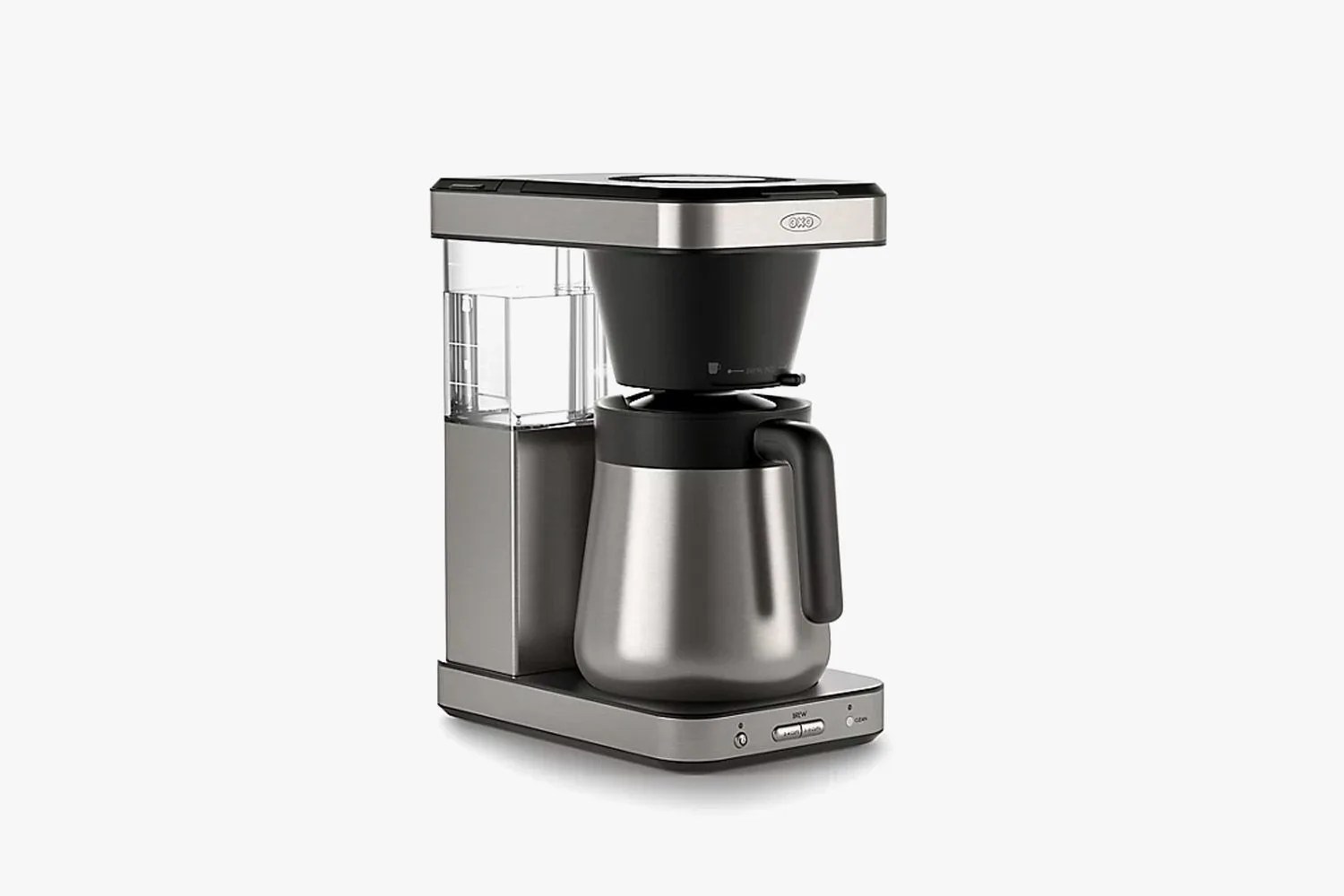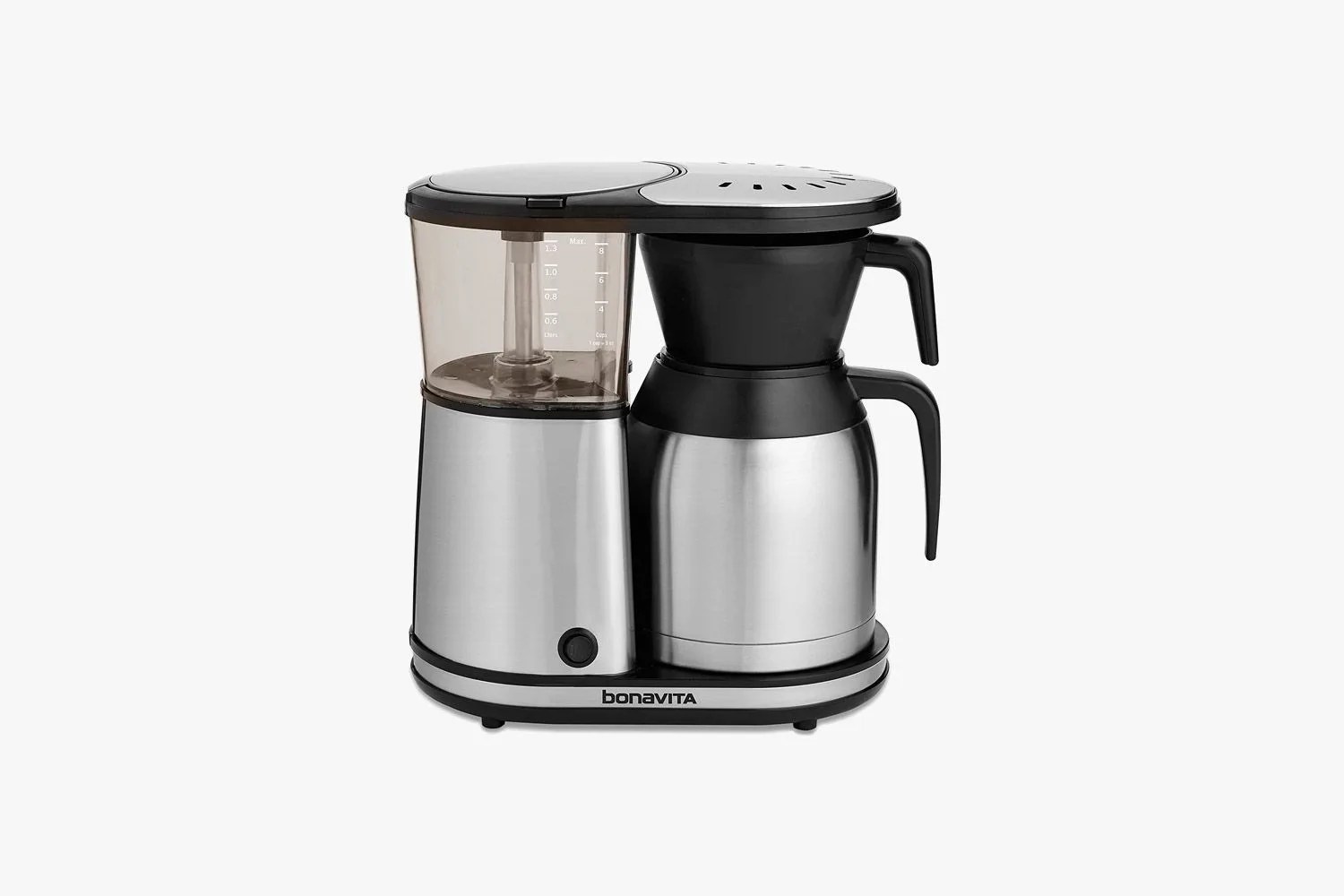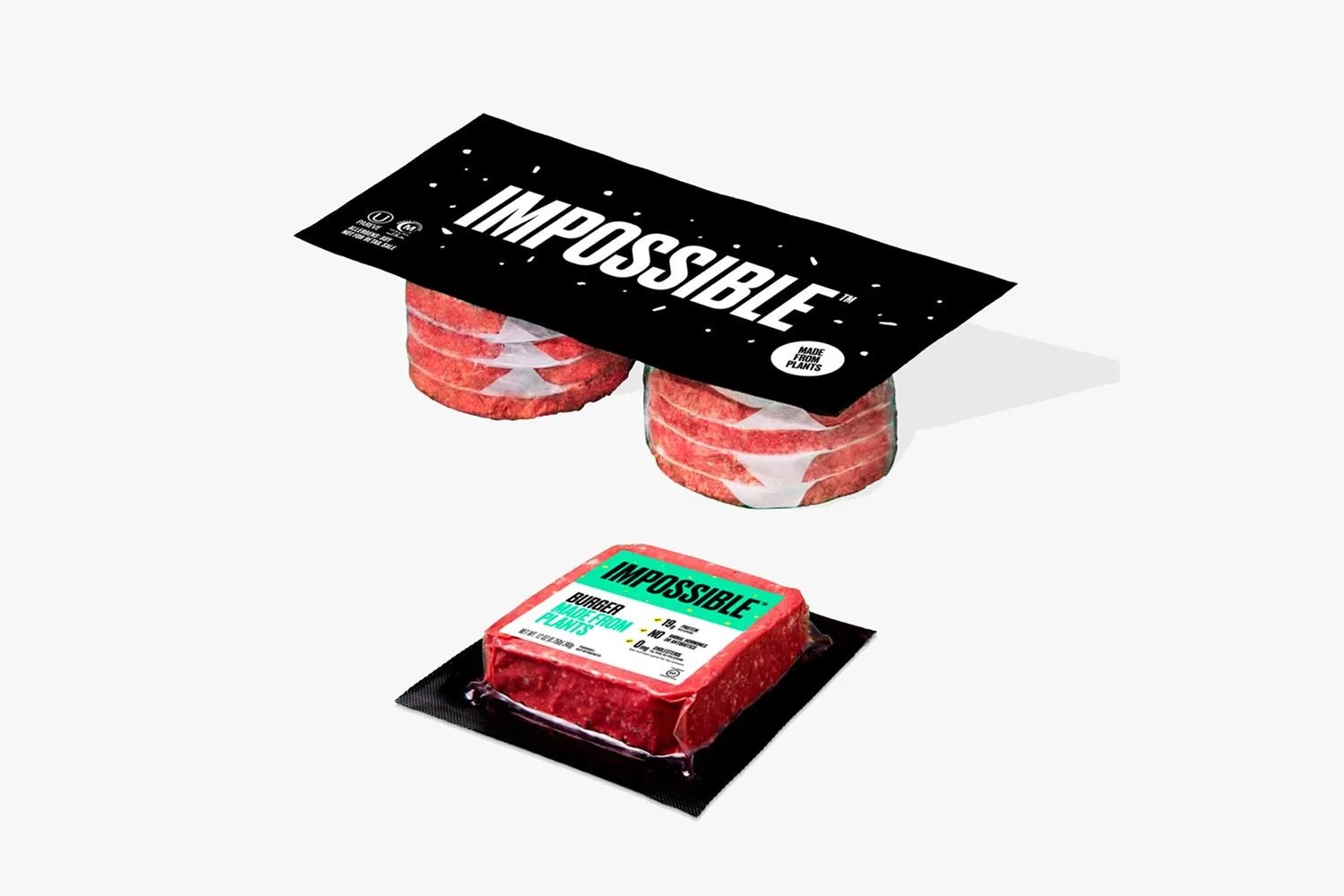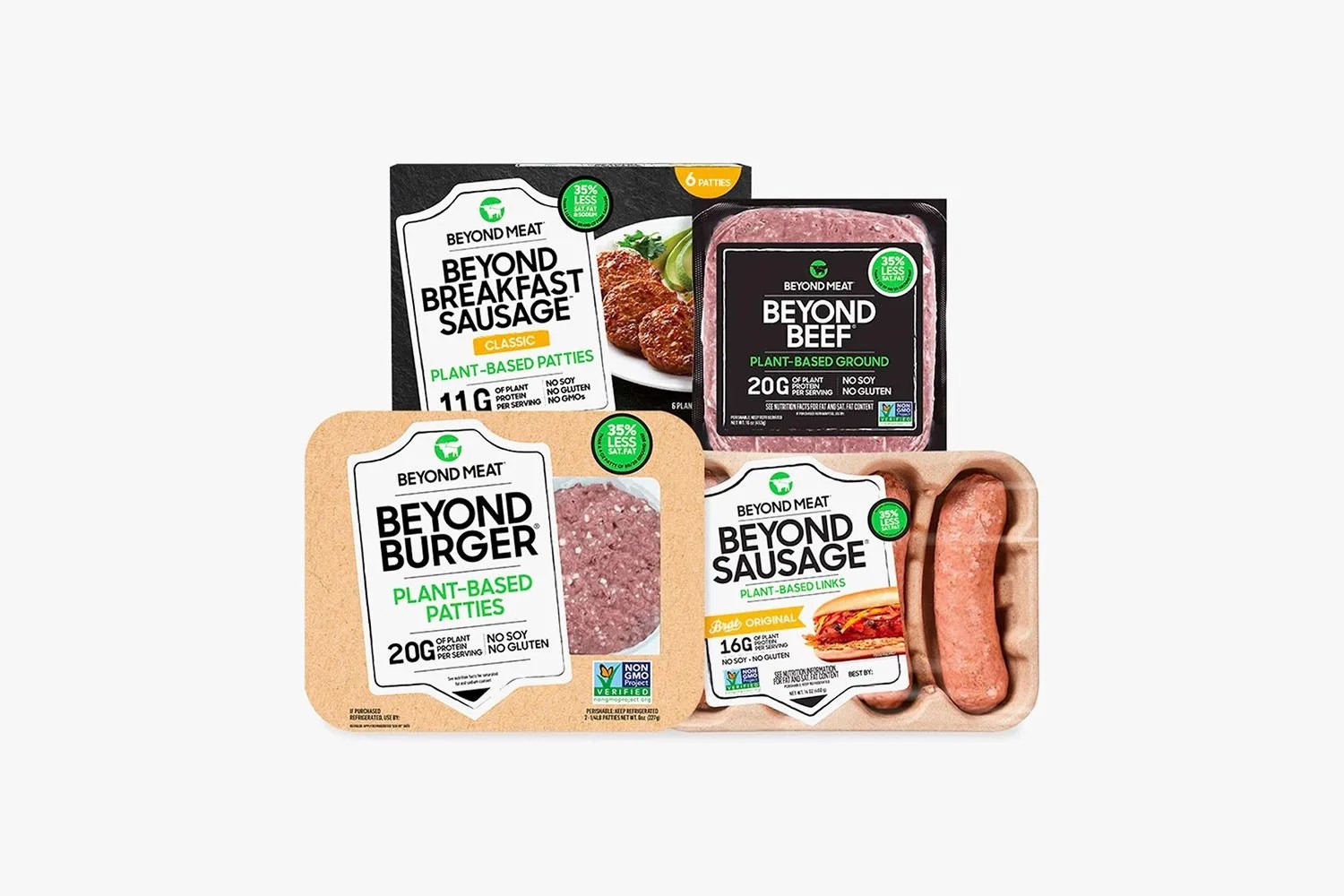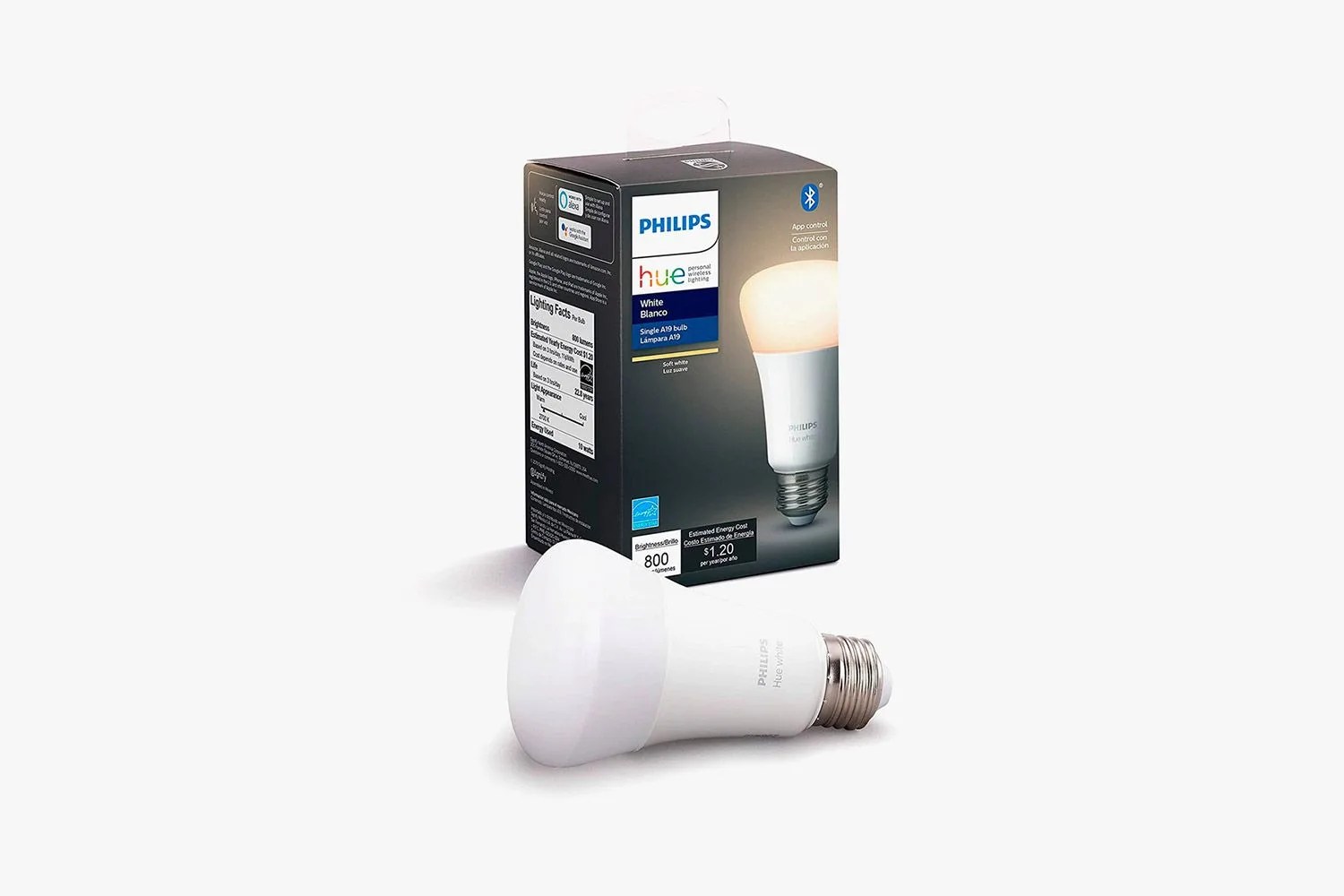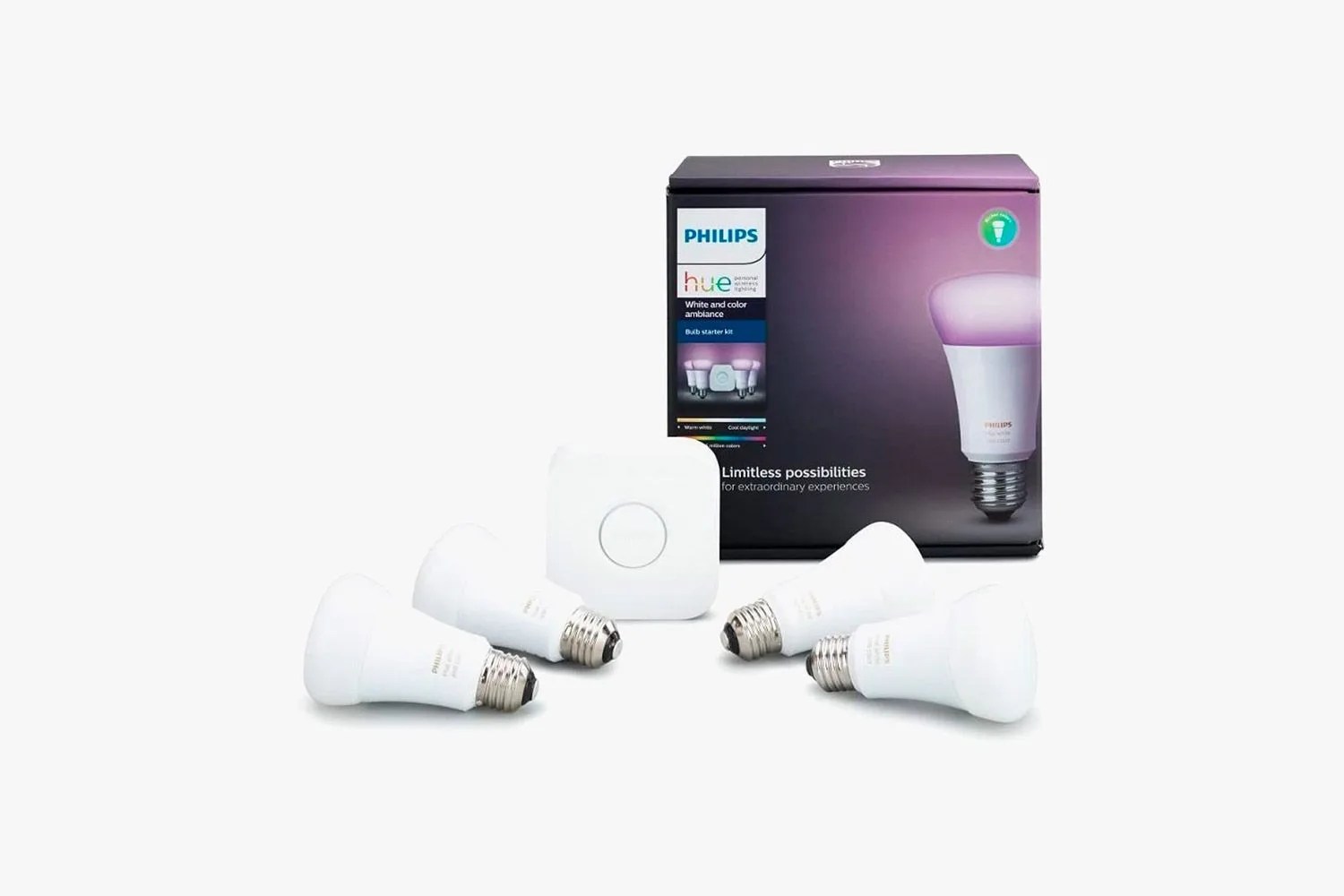Addressing the climate crisis will be humanity’s greatest challenge for the next decade and beyond. Building a sustainable future will force us to reevaluate almost every aspect of our lives as citizens and product consumers. Figuring out where to start — beyond obvious things like not driving a thirsty Ram TRX pickup — can be incredibly frustrating.
Tracing your way through the pernicious carbon footprint of every small decision you make gets overwhelming quickly. And even if one could reach the perfect state of eco-consciousness, a single person’s actions can’t resolve a multi-faceted, structural and often industry-driven issue.
We don’t have all the answers. We can’t offer you a comprehensive list of everything you must do to mitigate your carbon footprint — such an endeavor may not even be possible. But we came up a few simple ways to take action and live a more sustainable life. Some will require some thought and planning. Others can be done right now, wherever you’re reading this.
Donate, Repurpose or Recycle Old Clothing

Don’t toss that perfectly good T-shirt in the trash. Though you’ve outgrown its graphic, plenty of others and a plethora of new programs will happily accept your garment. The Red Cross, Goodwill and other organizations take donations at a number of drop-off spots around the country. Levi’s accepts them through their Repair. Reimagine. Recycle. Initiative. Taylor Stitch welcomes older designs of their own — they repair and resell them on their Restitch Clothing page. At their stores, Nike gathers used shoes from any brand for employment in the Nike Grind program. The broken-down material has been used to make basketball courts, shared bike stations, and even other sneakers. -Evan Malachosky, Associate Editor
Grow Your Own Herbs and Vegetables

Raising animals is probably too much for most of us; growing your own vegetables (or at least herbs) is much easier, and saves Earth all those emissions of trucking crops to the market. And if you don’t have a green thumb, don’t worry: You can start small, with something like an herb garden, and go from there.– Will Sabel Courtney, Senior Editor
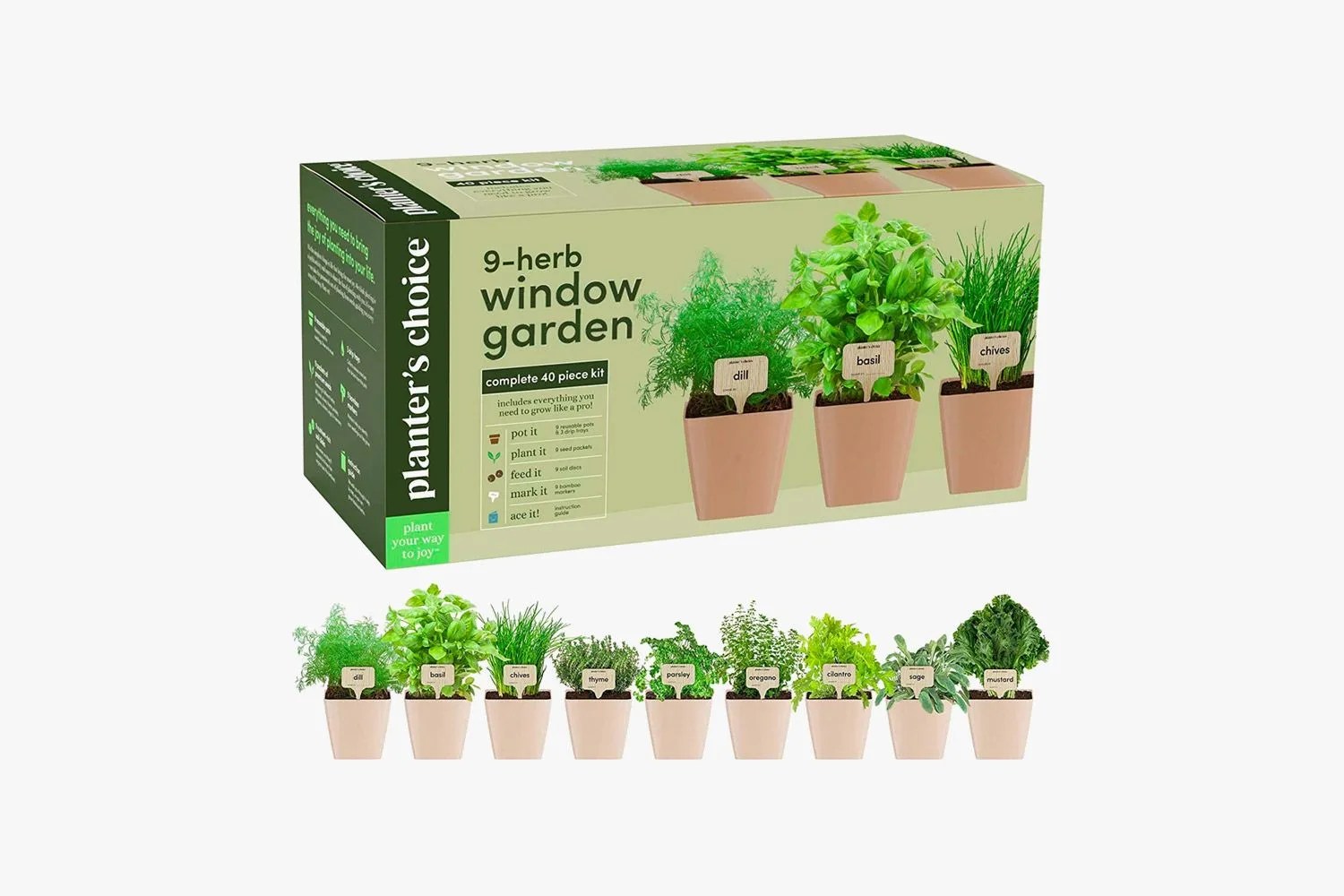 Amazon
Amazon9 Herb Window Garden
Buy Climate Neutral

Founded in 2019 by gear brands BioLite and Peak Design, Climate Neutral is a nonprofit that helps companies measure their carbon footprint and neutralize it with environmentally friendly carbon credits. Once certified, participating brands get to put a badge on the hangtags of everything they make.
How does this apply to you? Think of the Climate Neutral badge like the “Certified Organic” label common on food items; it’s a fast and easy way to know that what you’re buying doesn’t have a carbon footprint. Shop online? The nonprofit’s website keeps a searchable running list of brands that have made the grade — you can even sort by category and discover new companies doing good by the environment. -Tanner Bowden, Senior Writer
Ditch Your Car for Short Errands

Cars operate least efficiently when making short, one-off trips from a cold start. Combining errands is good. But using a bicycle (even an e-bike) or your feet would be even better. -Tyler Duffy, Staff Writer
Kill Vampire Power

Like a leaky sink, everything plugged into an outlet or standard power strip is dripping power. The cost of this slow drip of electricity is passed on to you and can run you $250 a year or more, depending on the scale of your electricity leak. The solution is straightforward — buy a decent surge protector. Where most power strips are on all the time unless you flip a switch manually, some, like the aptly named Trickle Star, turn on only when motion is detected nearby. Others, like APC’s master switch, allow electricity to flow only when the primary device — like a television or a desktop computer — is being used. This means secondary electronics like monitors, gaming consoles or sound systems aren’t adding to your energy bill unless you’re actually using them. -Will Price, Editor
Wear Reef-Friendly Sunscreen

Some ingredients in chemical sunscreen — mainly oxybenzone and octinoxate — are bad for the ocean. They decrease corals’ defense against bleaching and hurt their development, and, in turn, the development of reefs. So it’s a no-brainer: use mineral sunscreen or other sun-care products that are labeled reef-safe. -John Zientek, Editor
Learn to Compost Your Kitchen Waste

Instead of sending your coffee grounds, egg shells and banana peels off to a landfill, put them to use in your eco-friendly organic garden. It just takes learning a little technique and not much extra gear. -Zen Love, Associate Editor
 Amazon
AmazonOXO Good Grips Easy-Clean Compost Bin
Buy a Used Car Instead of a New One

The most eco-friendly vehicle isn’t a hybrid or an electric car — it’s a used car. Buying a pre-owned ride means you’re not extracting more metal ores and rare earth elements from the environment to manufacture it, or expending energy to build it or ship it across oceans on horrendously emission-spewing cargo vessels. And let’s be honest: having to deal with a few of someone else’s fossilized farts in the seat cushions is a small price to pay. Plus, between modern certified pre-owned programs and sites like Carvana, it’s easier than ever to find a good used car without the stress of the polyester pant brigade. -Will Sabel Courtney, Senior Editor
Buy a Repair Kit

Torn fabric, broken buckles and busted zippers can render even the best gear nonfunctional, but these issues aren’t the Achilles heel that they seem — if you have a repair kit, that is. Gear Aid makes everything you need to build one, from ripstop patches and wash-in water repellent to replacement buckles and zipper pulls. Duct tape can usually get you pretty far, too. -Tanner Bowden, Senior Staff Writer
Stop Using Coffee Pods

In 2014, it was estimated that 9 billion coffee pods ended up in landfills — it’s since hovered around 10 billion a year since then. No matter how hard companies try to make their coffee pods environmentally friendly — like making them recyclable — there’s no telling if they’ll actually end up being recycled, especially when logistically, recycling sorting systems don’t always pick up on the tiny pods. Here’s the deal: make coffee the old-fashioned way. Whether it’s with a French press, drip coffee maker or pour-over dripper, you’ll get better coffee and compostable waste. -Tyler Chin, Associate Editor
Get a Reusable Shopping Bag

A lot of places are (thankfully) doing away with free plastic shopping bags anyway, so you might as well invest in an alternative you actually like to carry around. Large tote bags like this one from L.L. Bean ($30) make for a perfect solution. -Zen Love, Associate Editor
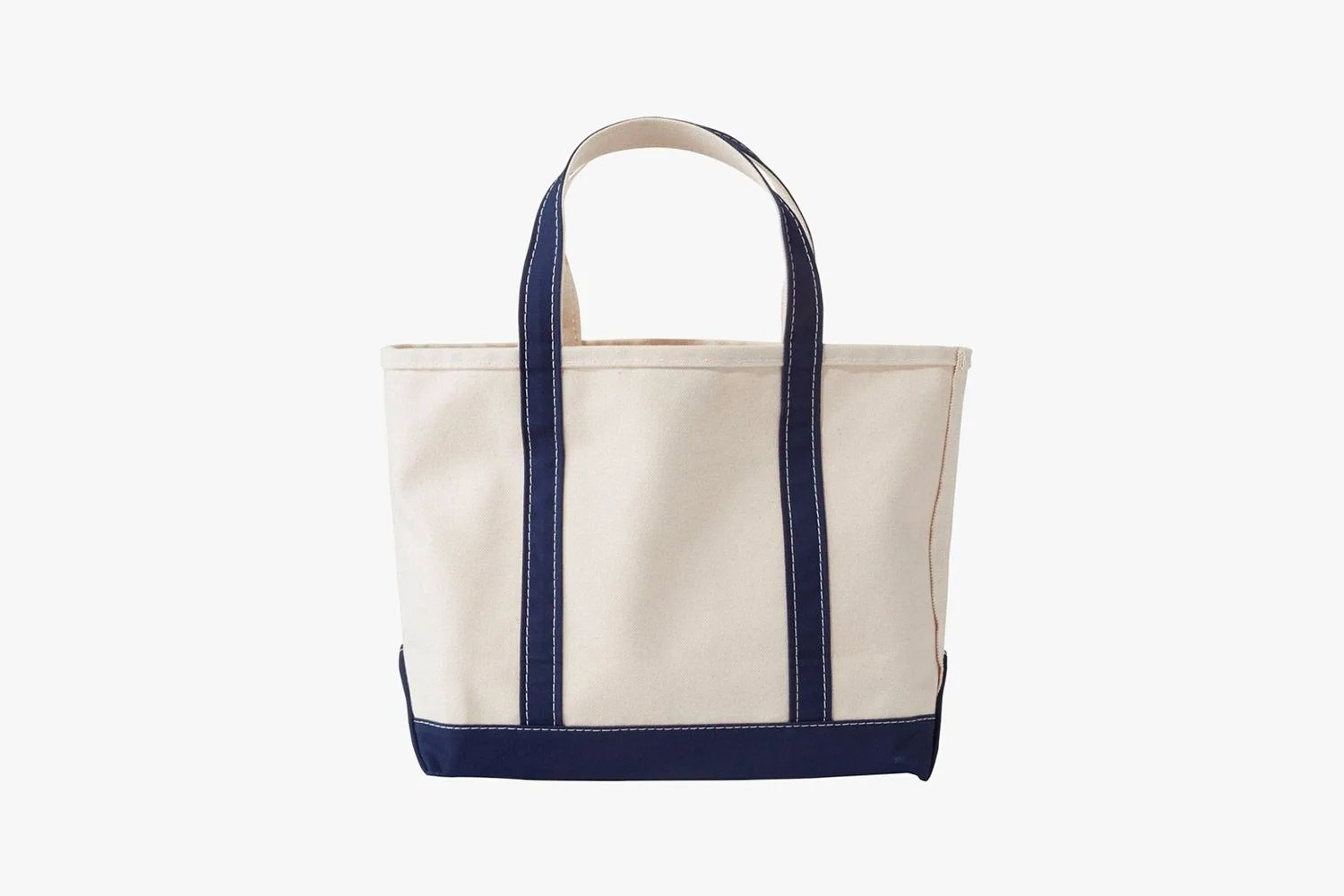 L.L.Bean
L.L.BeanBoat and Tote, Open-Top
Buy Quality Over Quantity

One of the best ways to be sustainable with your spending is to buy less. Yes, that may mean spending more, but purchasing pieces that promise to last longer limits the likelihood you’ll impulse-spend on something less eco-friendly, or simply toss your item when you feel it’s met the end of its lifecycle. -Evan Malachosky, Associate Editor
Do Less Laundry

Unless you’re sweating or getting your clothes truly dirty, you don’t need to wash them after every wear (excluding socks and underwear, of course). Washing clothing less frequently not only reduces water usage, but it also can prolong the life of your clothing. When you do wash, opt to use cold water when possible, and air-dry or line-dry if the climate is permitting. This can save energy and also keep your clothing looking newer, longer. When washing petroleum-based clothing — things made from polyester, nylon, or spandex — use a washing bag to cut down on microfibers that may enter rivers and oceans after washing. –John Zientek, Editor
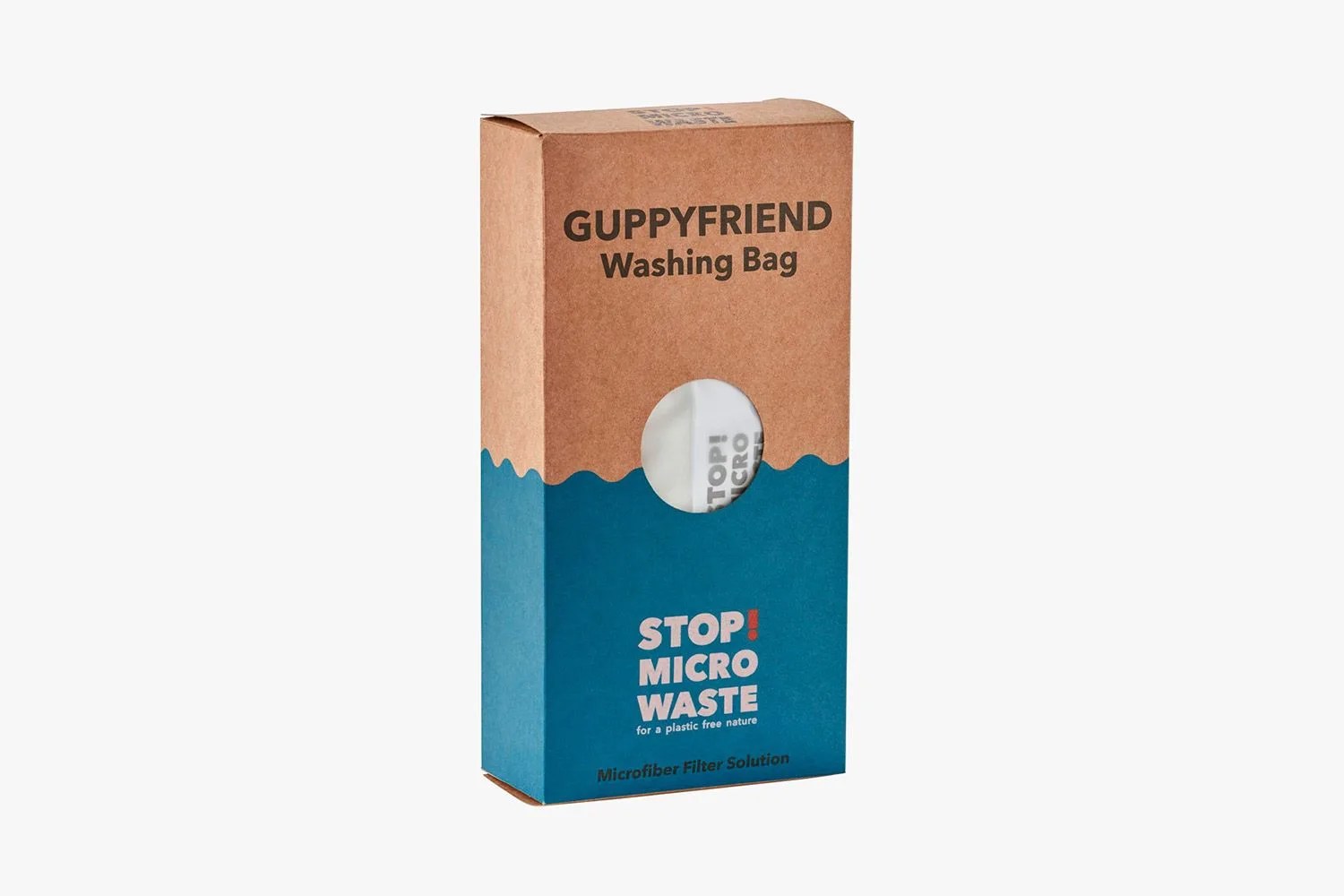 Madewell
MadewellGuppyfriend Washing Bag
Try a Local Microadventure Instead of a Flight

Sure, we all love to travel — and what’s more, we all love to travel internationally. Hell, even domestic travel often requires the use of a flight given the size of the United States. But that doesn’t mean there isn’t plenty to see in one’s own backyard. Going on a “microadventure” — a “short, simple, local, cheap” trip, according to English adventurer Alastair Humphries — is a great way not only to explore what’s in your own backyard, but also to lower one’s carbon footprint. And all the more so if you can carpool, bike, or even walk there. -Oren Hartov, Editor
Eat Less Beef

Beef is the worst farmed meat for greenhouse gas emissions by far, creating around seven times the carbon footprint of chicken. Plant-based meat options from companies like Impossible Foods and Beyond Meat have never been better. But even just swapping in ground turkey or pork can make your tacos much better for the environment. -Tyler Duffy, Associate Editor
Stop Buying Bottled Water
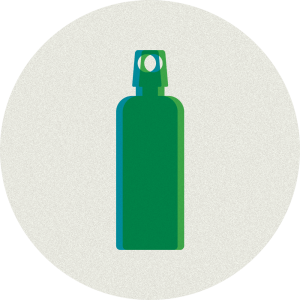
Buying something disposable that literally flows out of your faucet not only drains your wallet, but also: its environmental impact sucks. According to Scientific American, about 20 billion plastic water bottles are used each year, with just over half actually getting recycled. No wonder Harvard University’s Office for Sustainability states: “The entire life cycle of bottled water uses fossil fuels, contributes to global warming, and causes pollution.” The solution on an individual level is simple: Get a smart, sturdy, non-disposable water bottle like our favorite from Hydro Flask. Fill it every morning. Drink till it’s empty. Repeat. -Steve Mazzucchi, Editor
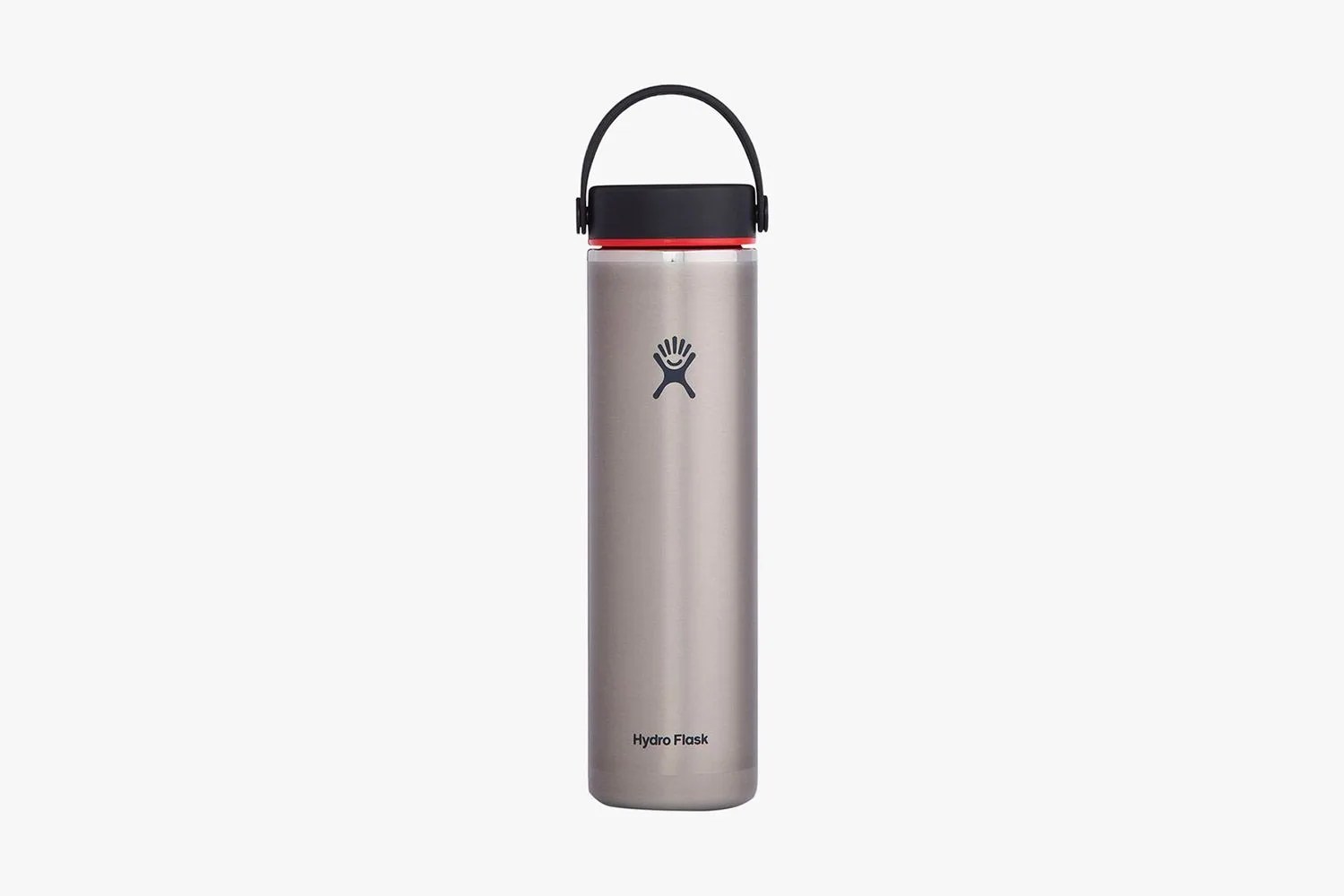 Backcountry
BackcountryHydro Flask 24oz
Change Your Damned Light Bulbs

LED light bulbs — and their logical extension, smart bulbs — use about 75 percent less energy than conventional ones. They can also last about 25 times as long. Swapping them in is better for the environment and saves on your energy bill. -Tyler Duffy, Associate Editor
Use the Apps You Already Have, But Change the Settings

It’s no secret that Big Tech has made a concerted effort to be more environmentally friendly lately: Most gadgets are packaged in recyclable materials, for example, and goliaths like Apple, Google and Amazon have all promised to be carbon neutral sometime in the not-so-distant future.
What you might not have known is that you can reduce your carbon footprint with the gadgets you already have. Some of your most-used apps have also introduced new features just for this. Both Google Maps and Apple Maps, for example, now let you navigate using routes with the least carbon emissions — they also let you search for eco-friendly restaurants.
Uber has a “green” option to let you choose rides from electric or hybrid vehicles. And for more serious activists, there are dedicated apps like Olio, an app for sharing used foods and goods; ThredUp, an app for shopping for second-hand clothes; and The Tap app for finding refill stations for your water bottles. -Tucker Bowe, Associate Editor
Mind the Materials in Your Clothes

Do your best to buy clothing made from materials that are better for the planet, like hemp, regenerative organic cotton and recycled cotton. If you’re opting for petroleum-based clothing — nylon, polyester, spandex — look for products that are made with recycled materials. Also, seek out garments made from one fiber (not blends) because they can be easier to recycle. -John Zientek, Editor
